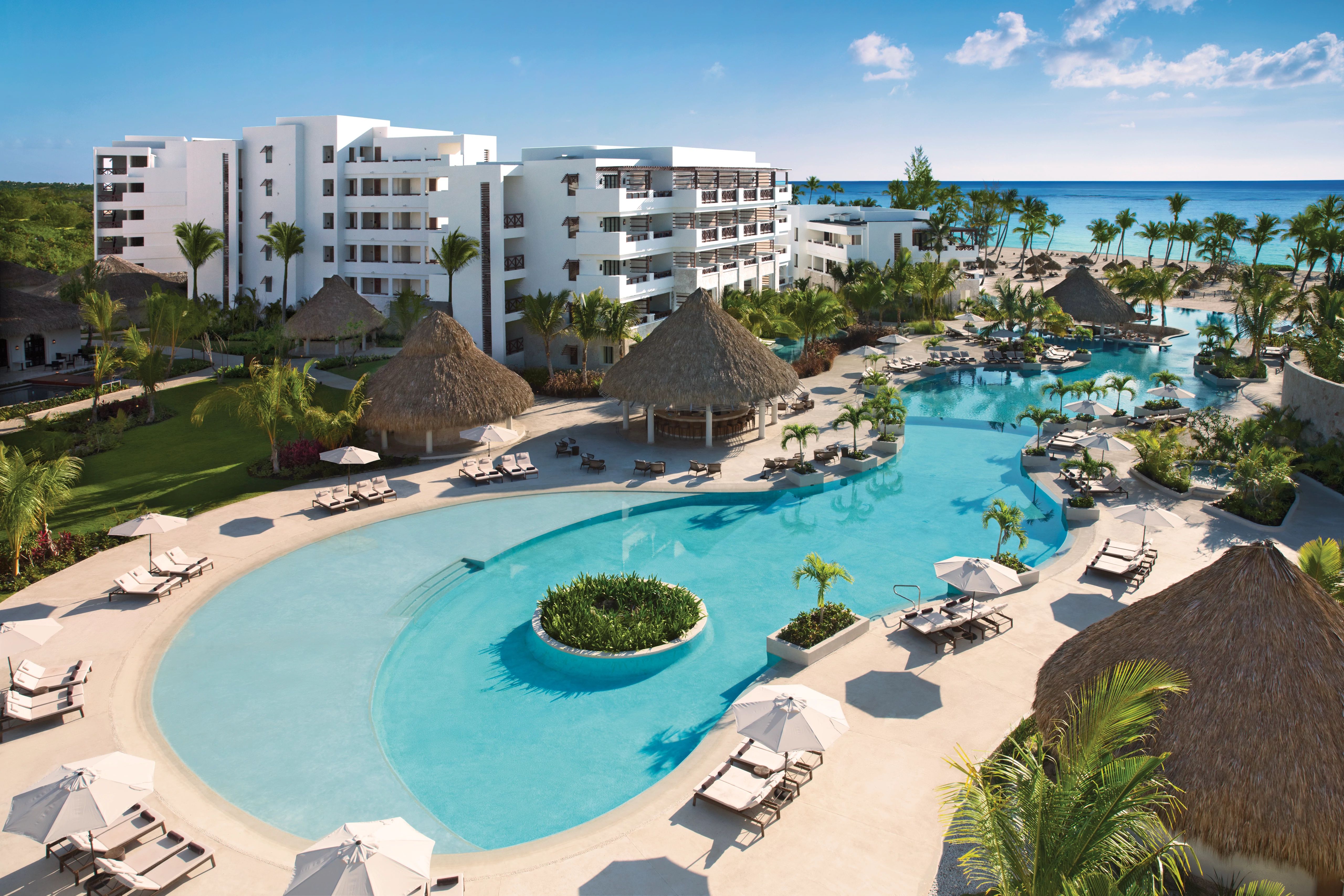Tequila is better than you remember and your taste is as good as anybody’s.
By grace of providence and Apple Vacations I was afforded the opportunity to travel to Jalisco’s mountain town of Tequila to see how Mexico’s national liquor is made (See Trekking the Tequila Trail in the Land of the 400 Rabbits). I was not a tequila drinker and my only experience with the celebrated nectar of the agave plant derived from a distantly-remembered morning-after as a consequence of attending a frat party where I was dared to gulp the worm at the bottom of a bottle of cheap mezcal (rookie mistake).
Before the journey to Tequila (a 4-hour drive from Puerto Vallarta) I did some homework. And by homework I mean drinking tequila. There is a well-regarded saloon near my home called Rocco’s Tacos and Tequila Bar which offers hundreds of brands of tequila. My wife, Anita, and I ambled in on a weekday at its opening time of 11:30am and explained to the young woman behind the bar we were there to learn the ways of tequila.
Happily, the bartender was a tequila savant, and enthusiastically began the lecture. Tequilas come in categories according to how old they are. And the many techniques applied to aging tequilas imbue them with an infinite variety of flavors and attributes. She offered several different tequilas at various price points to get started, and with her approval we chose Herradura as our opening act.
In our continuing tequila post-graduate work we only order tequila that calls itself 100% blue agave. There are also bottles simply labeled tequila that are a mix of at least 51% blue agave and the rest from cane or other sugars with added caramel colors and oak flavoring. These Mixtos can be produced outside tequila territory. The genuine article, 100% blue agave tequila, can only be made in the state of Jalisco and small areas of four adjacent states.
Herradura is a quality brand and, at our Rocco’s Tacos first day of Jedi training, we ordered glasses of its four basic types: Silver, Reposado, Añejo and Extra Añejo. Other wait-staff, informed of our mission and witnessing the filling of multiple glasses with premium tequila at noon, later confided that they wished they could be us.
By the way, this is all about tequilas that you sip unadulterated. Not in a margarita. Neat. No salt. No lime.
Silver, also called Blanco or Platinum, is the product of the distillation of the roasted core of the blue agave, fresh out of the still and diluted with water. Without the added water, the freshly distilled tequila can be 114 proof or even higher, but typical diluted tequila for sale in the US is 80 proof (40% alcohol by volume). Tequila potency south of the border can be a little less.
This is the most important thing to remember about tequila. Your taste is as good as mine. Experiencing the taste of tequila is totally subjective. That is why there are well over a thousand brands of tequilas, all of them with slightly different flavors, and all of them making their makers money.
Our teacher at Rocco’s prefers the Silver because she considers it closest to the taste of the agave from which it is pressed. The Silvers that are then transformed by aging in barrels take on the essence of the wood. Many tequilas serve their time in barrels that are recycled, having been used to age bourbons or wine or other spirits. The tequila absorbs a smidgen of the flavors of the previous occupant of the barrel.
A Reposado is a little older than a Silver, rested in a tank or barrel at least 2 months out of the still and no more than 11. Many fans find it less astringent and harsh than they perceive the younger silver. More mature is the Añejo, which rests in barrels from 1 to 3 years. The tequila darkens to an amber color and the flavor is smoother and more complex. But again, your results may vary. Tastes differ, and some who prefer younger tequilas find some more aged relatives overly sweet. The Spanish word aficionado originally described somebody who appreciated and was enthusiastic about bullfighting. The English translation of the word is amateur. As an amateur tequila enthusiast, I like both Reposados and Añejos, because I have tasted more of them than I have the Extra-Añejos. That’s because the older the tequila, the richer it gets, and richer means snootier and more $$$. Some of the Extra-Añejos sold in handmade pottery bottles that are works of art cost thousands of dollars. Passionate aficionados love the oldest tequilas for their Mahogany hue and complexity and smoothness. Some are indistinguishable from a fine cognac (Say those who, unlike me, have spent time in the company of fine cognacs). Some marketers label theirs (like 4K TVs are called Ultra High Def) as “ultra-aged.”
Having received our diploma for elementary tequila education, we traveled to Tequila, where we visited a large boutique distillery that produces many different tequilas for client companies. It is common for distilleries to manufacture a variety of tequilas.
The La Cofradia distillery is a sprawling Spanish-style complex surrounded by agave fields and featuring an underground catacomb bar and restaurant. Its many tequila products are poured freely in a large tasting room. I’m writing about how tequila tastes and not how it is made, so I’ll skip the factory tour and go straight to how you can save money finding a good brand.
Despite the existence of tequilas priced in the silly stratosphere, there are bottles of all ages affordable for most everybody; even more so when you know how to play the distillery game. Mexico is strict about transparency in the manufacture of 100% blue agave tequila and where it comes from. They require every bona fide real-McCoy bottle to display a NOM number. NOM is an acronym for words that mean the official standard for tequila. There is a database of all numbers searchable on the internet. So you go to Tequila.net, and open the NOM search, and enter the number on your bottle. Up pops a display revealing the name of the distillery where your tequila was born and its location. This is useful because you can enter a number of an expensive brand of tequila and find out what other brands of less expensive tequilas were produced at the same distillery. Chances are all the tequila produced there is made from agave grown by the same farmers and that they were processed in a similar way and may taste very much the same. In the hunt for the best tequila value, the NOM is your new best friend.
Since my first taste of that flight of Herradura, I have kept a log on my phone notepad of the tequilas I have sampled and rate them from 1 to 10. I describe it in a few words, like “Pleasant for an inexpensive tequila,” or “Good fresh taste without being cloyingly sweet. Crisp aftertaste but not harsh.” I have more than 30 tequilas on the list so far. The goal is not to sample every tequila. I have a favorite beer and I stick with it. My goal is the same here. To find a tequila I like best of the ones I have tried and stick with that. And so far my highest rated favorite is Casamigos Añejo—the brand recently sold by George Clooney. So my taste in tequila is the same as George Clooney’s. So there’s that. But I also rate Camarena Reposado a 9.2 for a smooth and full flavor at $19 for a 750ml bottle instead of $55 for Casamigos Añejo. So there’s that, too.
Tips for finding tequilas to try.
Buy the little airplane bottles at the liquor store checkout. For a buck and a half to 3 or 4 dollars you can discover whether you want to pay 30 bucks for a bottle. Order a shot at a bar (preferably a tequila bar). What’s the hottest seller? Or consult Sr. Google. By the way, when drinking tequila, consider a shot to be a liquid measurement, not an instruction to toss it back. A good tequila is to be sipped slowly, to allow the taste to linger in your mouth and on your tongue. Sniffing the aroma from the glass is also a pleasurable beginning. Shooting back a tequila shot is a waste of taste and pressing the foot down on the accelerator on the road to getting wasted. Take your time. And for sipping at home, buy a classy 1.5oz tequila glass. Etched or clear glass or ceramic. You’ll be one of the cool kids.





